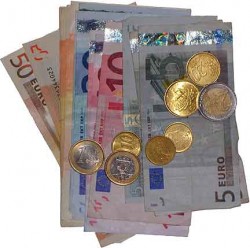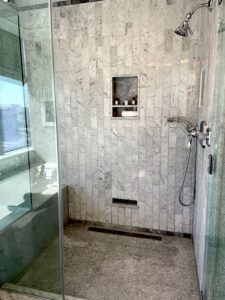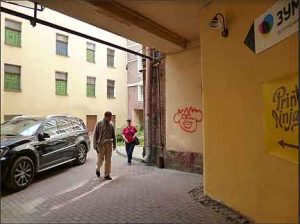You can save up to 20% when you change money abroad if you shop around. Maybe more.
I found myself in Rome recently, with a wad of Swedish money I wanted to get rid of. Instead of buying American dollars with the Swedish crowns and buying the euros I needed with U.S. cash, I wanted to change the crowns to euros.
For this story, the country of origin of the money doesn’t matter much. It’s just a numbers game.
I decided to take my own advice: “Before you buy foreign currency, compare the posted prices at several booths or banks. Find out whether they charge fees or commissions [or both]. Compare, and ask for better deals.”
Let’s say the Swedish cash I had to change was worth about US $800. I popped into the first change booth I found, “Forexchange” on Via Solferno.
“How many euros will you give me for 6000 Swedish kronas?” I said.
“429,” the woman said, after some poking on her calculator.
“Is that your best offer?”
“For you, 452.”
See, I could have made 23 euros without even a pretty-please. It was a terrible deal, though. Forexchange takes a fee of €4.90 and a whopping commission of 19.7%. Of course. They’re in the business of making money by buying and selling currency.
I went to another foreign exchange booth where I was offered 495 euros. Up 66 euros from the first quote. Still a bad deal.
American Express will wave its fee for Platinum Card holders, but even with this discount, I’d only get 522 euros for my 6000 SEK. Still, that’s €93 more than the first quote.
Finally, I went to a branch of BNL bank where, after locking all my metal objects into a lobby locker, I stepped into a glass capsule that shut behind me, holding me briefly captive before opening inward and allowing me to enter the bank. The offer there was €535. 106 euros more than if I’d just made a quick change at the first available place. That’s a difference of about $150 on my $800 exchange.
Even with the recent rise in credit card companies’ foreign transaction fees, I believe in using plastic whenever possible for foreign purchases. The fees are now 2 or 3%, but that’s all. For me, credit cards are convenient and economical, and I like the other benefits of using them. But I still need to buy small amounts of local currency—enough for coffee, taxis, souvenirs, and tipping. My experience in Rome last month reminded me that it pays to shop around.







4 Comments
[…] of that country’s small port towns. She had a $100 bill with which she hoped to buy euros. (Not a smart strategy, exchanging one currency for another currency in a country that uses neither, but that’s not […]
Thanks, deuter. We had no idea about the post office for foreign exchange. We’ll check it out on our next visit. Thanks for letting us know!
I’ve just spent some time in Italy. After walking around for some good amount of time shopping around for the best deal to change dollars, we’ve found out (thanks to a tourist information premises) that the Italian Postal Office offers the best deal in terms of fees and price.
Indeed, we went there and change our dollars getting the most out of them
Thanks for the timely reminders. We’ll remember when we are in Turkey this fall. Credit cards instead of cash saves a lot of time hunting for a decent exchange.